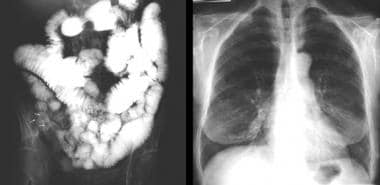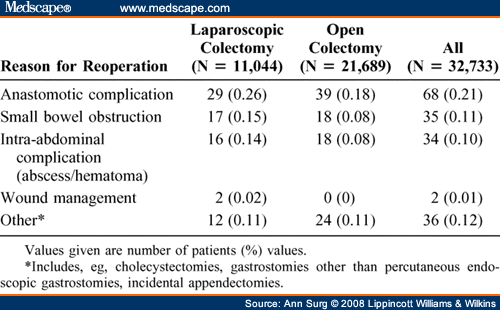

The formal validation approach described herein may be broadly applied to other clinical contexts where data points from EHRs are being considered for use in outcomes research.Ĭolon cancer patients with specific ICD codes N = 5940Ĭolon cancer patients without specific ICD codes N = 3463Īge at metastatic diagnosis (years), median (IQR) The overall goal of this study was to determine the feasibility of using structured diagnostic codes to determine tumor location for patients with mCRC. As an initial step in seeking to replicate these findings in a real-world population, we undertook a formal analysis of the ability to obtain information about tumor sidedness from billing codes (International Classification of Disease 9/10) in EHRs. These findings led to a recent international expert panel recommendation that primary tumor location be included as an essential data element in the design and reporting of colon cancer clinical trials. Therapeutic outcome also may differ by tumor side, with several analyses reporting differences in benefit with epidermal growth factor receptor and vascular endothelial growth factor antibodies in left- vs right-sided mCRC tumors.

These studies have indicated that CRCs arising from the left or right side of the colon differ significantly in their clinical characteristics and gene expression profiles, with right-sided tumors being associated with a worse prognosis. However, recent analyses have suggested that anatomical side of the colon from which a tumor arises is a prognostic and predictive indicator of survival. Historically, the clinical development of systemic therapies for mCRC has not distinguished patients based on the location of the tumor within the bowel. Thus, the promise of EHR data can only be realized if each data point is carefully assessed and validated before clinical conclusions are drawn.Īs an example of the research application of EHR data, we sought to validate in a real-world setting recent clinical findings from a group of prospective clinical trials in patients with metastatic colorectal cancer (mCRC). However, the impact of real-world data is dependent upon the reliability of specific data elements, their completeness, and the ability to ensure and trace their provenance. EHR data are characterized by date and may not require third-party primary data collection. The data contained in electronic health records (EHRs) afford an important opportunity to test hypotheses regarding patterns of care and outcomes in a broadly representative sample of cancer patients. Recently, the Twenty-first Century Cures Act and United States Food and Drug Administration 2018 Goals both highlighted the imperative to understand how real-world data can be optimally used to improve health. Furthermore, real-world data can supplement the results of prospective clinical trials in settings where accrual is difficult due to uncommon clinical or genomic selection criteria. Such real-world data have the potential to be more representative of patients in routine practice, given that clinical trials tend to enroll highly selected patients who are younger and have fewer comorbidities. Given that only a small percentage of cancer patients take part in clinical research studies, there is increasing interest in leveraging the data contained in administrative and clinical databases for patients treated outside of clinical trials, as these data can provide guidance for treatment decisions. Historically, prospective randomized clinical trials have served as the “gold standard” for evidence generation in oncology. Please refer any questions or requests regarding data used in this manuscript to Melisa Tucker and include Dr. Practically speaking, in order to share select data and data elements, it will be necessary to first define the methods of storage, transmission, access rights, and scope of intended use prior to making any such data available, and an agreement memorializing the same and applicable re-identification restrictions will be required for the purposes of ensuring compliance with the data license, de-identification, data protection specifications and requirements under HIPAA. The data that support the findings of this study are available from Flatiron Health however, restrictions apply to the availability of these data, which are subject to the de-identification requirements of the Health Insurance Portability and Accountability Act of 1996 (HIPAA) and implementing regulations, as amended.


 0 kommentar(er)
0 kommentar(er)
